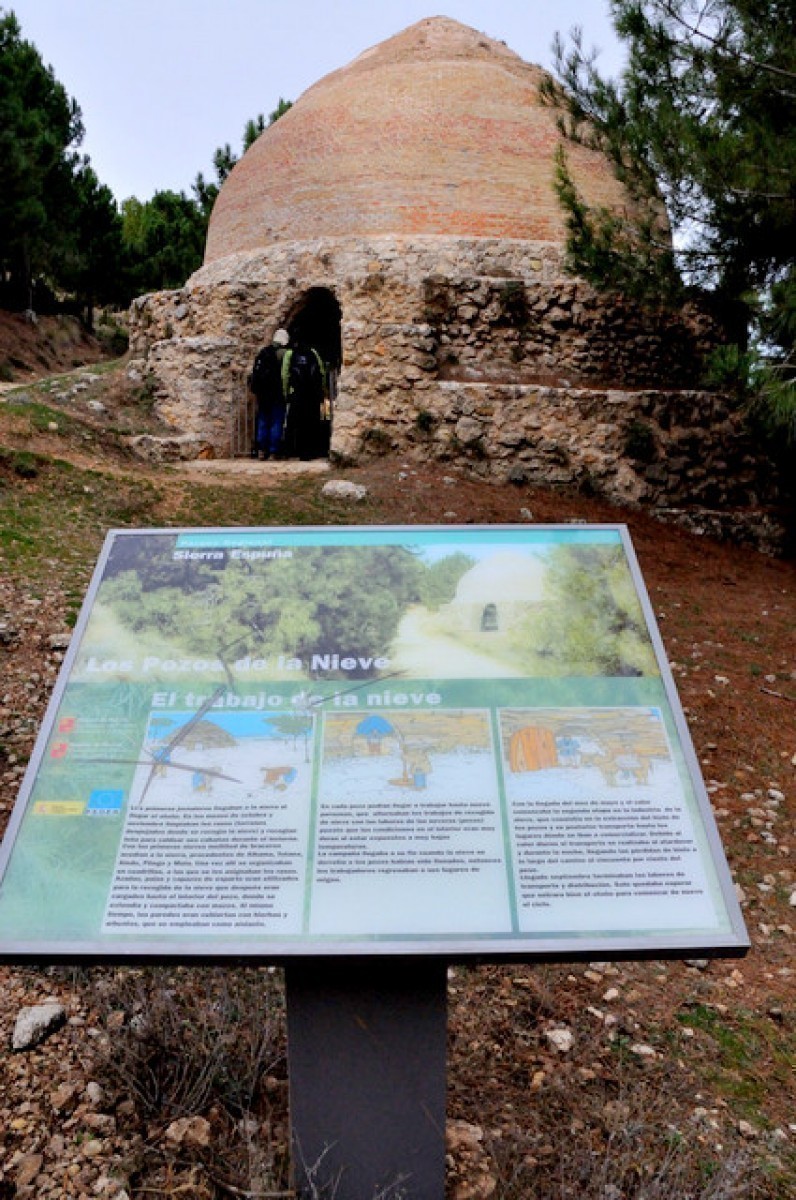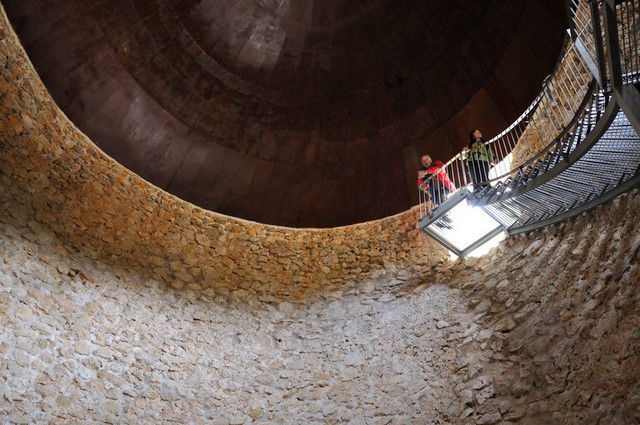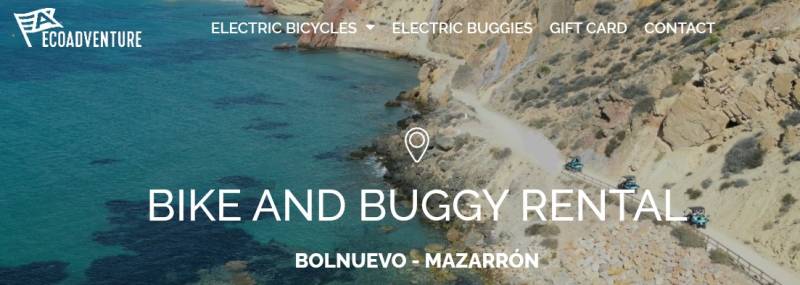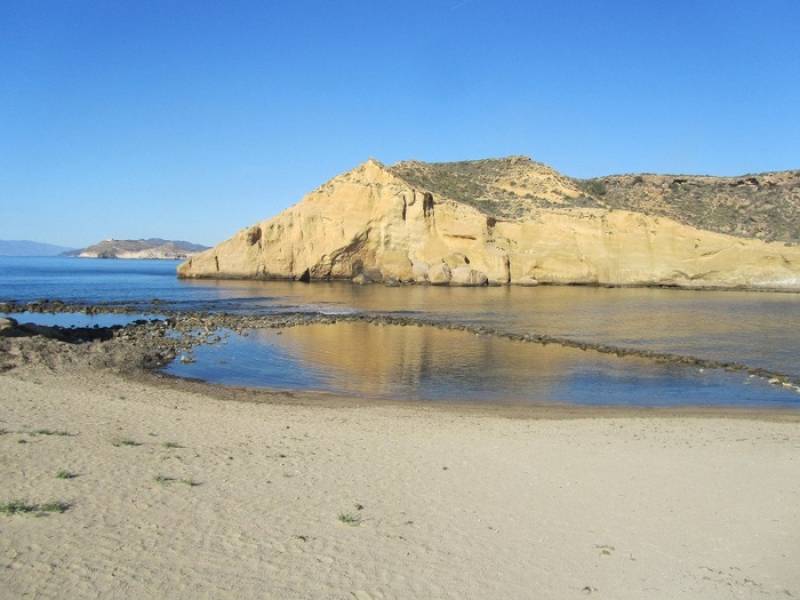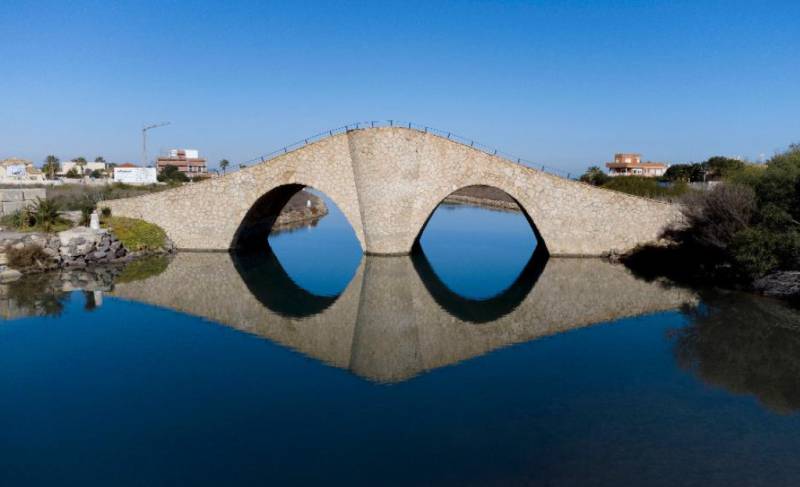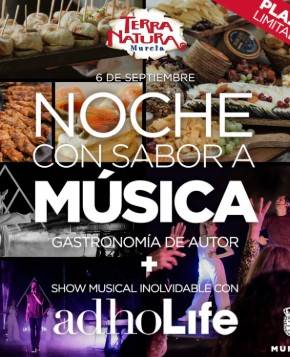
To be listed on the CAMPOSOL TODAY MAP please call +34 968 018 268.

Guidelines for submitting articles to Condado Today
Hello, and thank you for choosing CondadoToday.com to publicise your organisation’s info or event.
Condado Today is a website set up by Murcia Today specifically for residents of the urbanisation in Southwest Murcia, providing news and information on what’s happening in the local area, which is the largest English-speaking expat area in the Region of Murcia.
When submitting text to be included on Condado Today, please abide by the following guidelines so we can upload your article as swiftly as possible:
Send an email to editor@condadotoday.com or contact@murciatoday.com
Attach the information in a Word Document or Google Doc
Include all relevant points, including:
Who is the organisation running the event?
Where is it happening?
When?
How much does it cost?
Is it necessary to book beforehand, or can people just show up on the day?
…but try not to exceed 300 words
Also attach a photo to illustrate your article, no more than 100kb

Pozos de nieve, the snowhouses, Totana, Sierra Espuña
An interesting walk for the whole family in the mountains of Sierra Espuña
The Sierra Espuña is a pine clad haven of cool in the summer and a glorious place to enjoy a walk at any time of year, with a vast range of options available to those looking for an enjoyable day out in the Region of Murcia.
One of the most popular walks takes in the snowhouses, the Pozos de Nieve, which literally translates as wells of ice, which supplied ice to the cities of Murcia and Cartagena in the days before refrigeration became a way of life.
The snowhouses in the Sierra Espuña are distributed in two distinct groups, known as the "Pozos de Cartagena " and the "Pozos de Murcia" and whilst most are in a ruinous state of abandon, one has been fully restored and a couple of others still have a roof intact.
Snow houses in the Region of Murcia
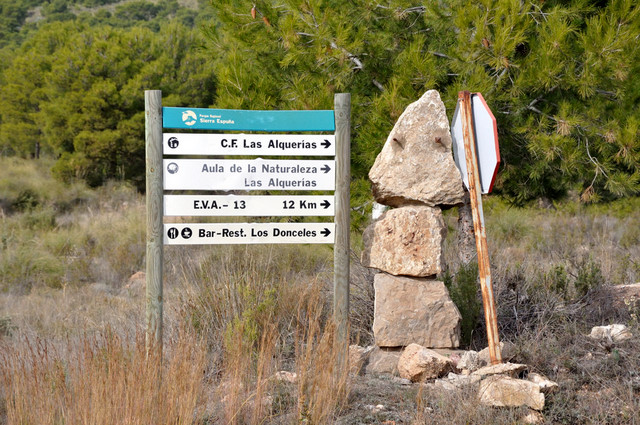
There are snow houses in various areas of the Region of Murcia - Jumilla, Yecla, Cieza, Abanilla, Totana, Alhama de Murcia, Fortuna, Jumilla, Caravaca de la Cruz, and even in Cartagena.
They were first built at the end of the 16th century, packed with snow during the winter which was compacted down to produce solid blocks of ice, taken to the cities as a luxury for the very rich, or used for medicinal purposes. They were a source of constant employment until the end of the 19th century, when the first ice making factory was built in Murcia capital.
In total there were 23 pozos, each of which could hold up to a million kilos of ice, which was transported by horse and carriage to the cities between May and September when the greatest demand for iced drinks and sorbets existed. naturally the heat of the journey resulted in "shrinkage" approximately 35% of the ice melting before reaching its destination.
Surrounding the pozos were a number of dwellings and a small hermitage, dedicated to the Virgen de las Nieves, and it is believed that much of the cutting and packing was done by the Gipsy population of Totana, although more historical research is underway to try and ascertain the descent of those who inhabited the area and carried out this work.
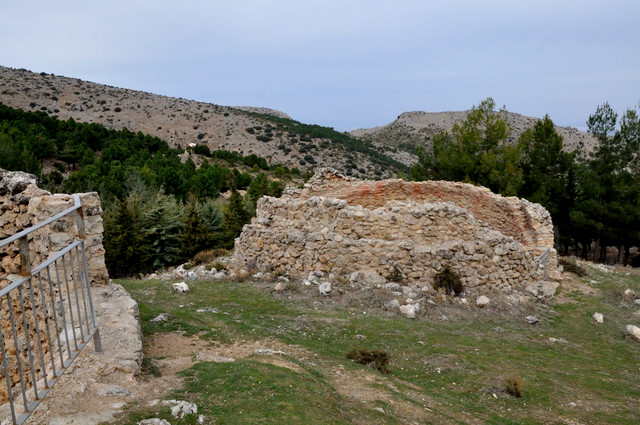
Many people are unaware that much of the forested areas we see today were only planted at the end of the 19th century and beginning of the 20th century, an initiative spearheaded by a remarkable man, Ricardo Codorníu y Stárico, a Cartagena native with a passion for the environment who studied forestry engineering in Madrid and visited the Sierra Espuña in 1889, expressing his horror at he devastation he found there.
Murcia had undergone a massive economic and industrial boom following the arrival of the railways to the region in 1862, its mineral wealth creating vast industrial activity and construction, stripping bare the hillsides of the region. Ricardo Codorníu undertook a vast project to replant 20,000 hectares of hillside, creating much of what we see today, a remarkable achievement by a remarkable man.
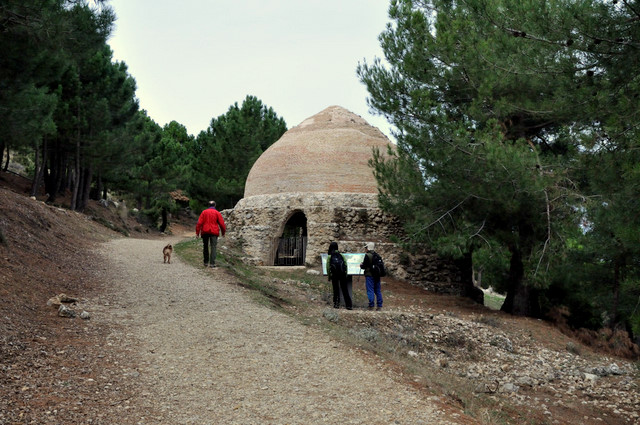
By the early 20th century the wells had fallen into a sorry state, and it was not until recently that works were undertaken to try and bring the deterioration under control, and fully restore one of the pozos, known locally as Pozo 6, which has been completely restored using the traditional methods of construction.
To visit the Pozos is a good family walk, with an interesting goal; a look inside an original restored Pozo de Nieve.
Directions to the Pozos de Nieve, Sierra Espuña
From Totana.
Take the MU502, direction of Aledo, up past the Monastery of Santa Eulalia.
Go past Aledo, and continue until you reach a point at which it is necessary to turn left or right. Turn right, signposted for Las Alquerias, EVA 13. Follow the road down until you come to a right hand junction, about 2 km on, andyou´ll see a pile of stones on the corner and a big forestry sign, and a signpost to the EVA13, 12 kilometers.
The road then splits into 2. You´ll see the sign sending you left to the Pozos de nieve. Eventually you´ll arrive at a parking space on the right hand side with signposts.
From Totana , it´s a good 20-25 minute drive.
Click for map, Pozos de nieve, Sierra espuña.
It´s just a short walk to the restored snowhouse, literally less than 100 metres from the carpark, and from there you can walk as far as you choose on a well worn route around the other snow house ruins.
The route climbs up to a glorious vantage point, and if you´re lucky you may see herds of Arrui wandering around on the hillsides as they´re very common in this area.
Many families take a picnic and stay in the area, or head back towards Aledo or Totana in search of a lunchtime meal.
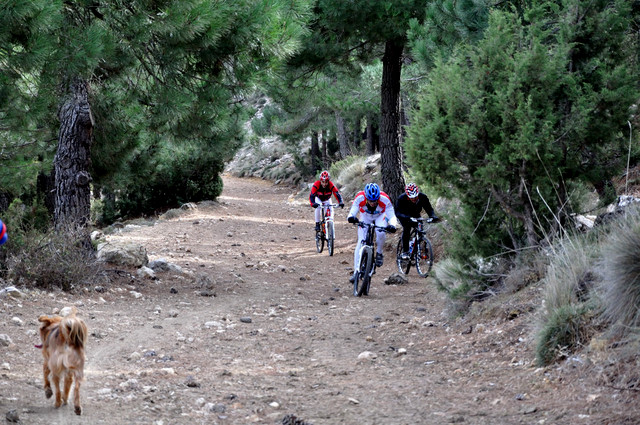
Centro de Visitantes Richard Codorníu
Tel 968 22 89 37
Open Tuesday to Sunday 10-2 and 3-6pm
For more information, Click Centro de Visitantes Ricardo Codorníu
For more information about the Sierra Espuña and suggested days out, Click An Introduction to the Sierra Espuña
